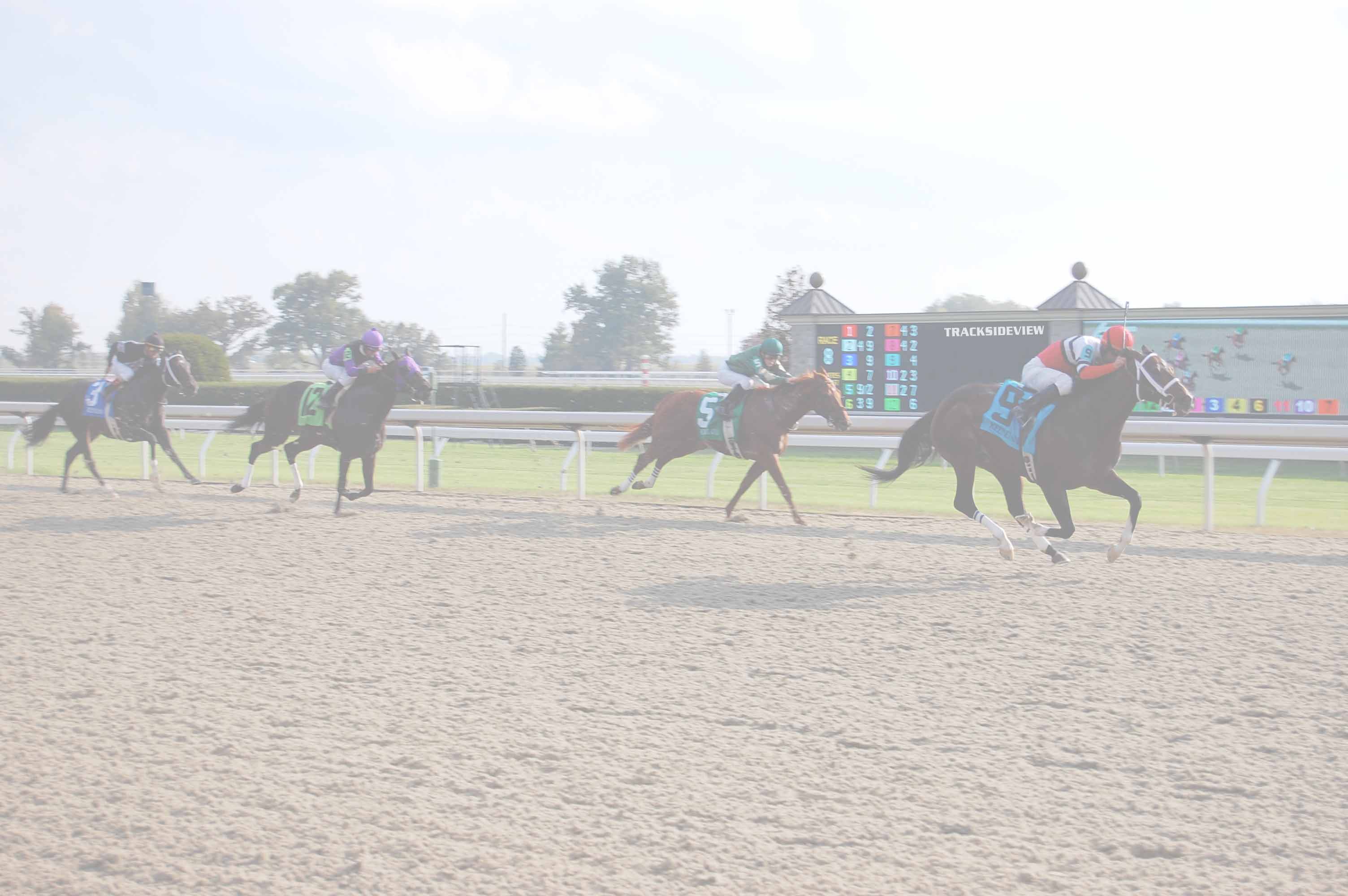The Case of the Irrelevant Preakness – And What to Do About It
by Bob Hill, TSV staff writer —-

The Case of the Irrelevant Preakness –
And What to Do About It
The powers that be in American thoroughbred horse racing have spoken. The Preakness Stakes is largely irrelevant as relates to the Triple Crown. The race also is slipping down the list of prestigious contests for three-year-olds. These owners, trainers, and breeders spoke not with words but rather with cumulative actions taken over the course of the last decade.
In 2022, Rich Strike, the winner of the Kentucky Derby passed on running in the Preakness. In 2023, Mage, the winner of the Kentucky Derby was the only entry from the first leg of the Triple Crown to run in the Preakness. Of the last five Preakness winners only War of Will ran in the Kentucky Derby, finishing seventh. In the five-year span that preceded these most recent races, the Preakness was won by two Triple Crown winners, a near Triple Crown winner, a second place finisher in the Derby, and one credited with starting the trend of “new shooters,” Cloud Computing. These facts describe either a sizeable data outlier; or they define the strong start of a trend likely to continue. A good handicapper would bet on the latter – the Preakness is losing its relevancy.
Casual racing fans most likely believe that many years ago the leaders of the sport sat down and said, “Let’s put together a series of three Grade 1 races restricted to three-year-olds that can be run in a short time frame of 5-6 weeks to determine the best of the breed. We’ll call it the Triple Crown.” That, in fact, is nowhere close to how the concept was hatched. Eight of the 13 Triple Crown winners accomplished the fete before the Triple Crown was officially recognized as such. Those eight winners were named Triple Crown winners after the fact. The coronation of the term occurred in 1950 after having been popularized in writing by DRF columnist Charles Hatton who referenced “triple crown winners” unofficially for much of two decades. Only five horses have been Triple Crown winners since 1950.
The Kentucky Derby is firmly ensconced as the most important race contested in the United States. It has withstood controversy and an occasional less-than-popular winner, but the Derby continues to be the race that captures the attention of the American public every year. The Belmont also has continued to hold a place of prestige largely in part to two factors. First, it is run in New York at a historic venue. It has a built in following of scores of bettors and fans. Second, by virtue of being the longest of the Triple Crown races it retains the honest label as The Test of Champions. Secretariat’s win in the Belmont 50 years ago seldom goes unmentioned when fans discuss the most memorable races in the history of the sport.
Two questions can be used to frame a discussion of how to address this issue. First, is it worth thinking about trying to reverse this negative trend relating to the Preakness? If not, is it worth considering a new perspective on the markers set out for determining the best three-year-old thoroughbreds racing in the U.S.?
The question about reversing the trend is not new, and serious fans hold views falling into two broad categories. Traditionalists suggest that we leave things as they are and hope that the causes of the trend are corrected by the people who train, own, and breed thoroughbreds. Another way to word their reply is to say, “Don’t cheapen or downgrade the very high standards of the Triple Crown. Keep things as they are and rely on top connections to act in the interest of preserving the Triple Crown as it exists.” The second approach advanced by the “reformers” advocate for spacing out the three races so that the time between races better fits the race frequency model being used by nearly all trainers today.
As with many things held dearly by large numbers of people, tradition dies slowly and is a tall barrier to hurdle. That appears to be very true in conversations about changing the format of the Triple Crown. In the vein of “hope is not a strategy,” however, others will ask the pointed question about the incentives for owners and trainers to carve out a short time frame near the middle of the three-year-old year for their top (and expensive) horses to go off the program and do something they will not do again under any circumstance. As noted above, there appears to be an easily defined emergent answer of “no” to this query that already exists. Other than hope, why would it change?
NBC racing analyst Randy Moss offered his solution to this dilemma during his coverage of the 2023 Preakness. It is not the lone idea about a changed format, but it is easy to explain and therefore a suitable example of the “reform” approach. He suggested running the Kentucky Derby on the first Saturday in May, the Preakness on the first Saturday in June, and the Belmont on the first Saturday in July. There is still no guarantee that spacing the races in this way will halt the trend, but it seems like an idea worth trying to see if it works. Implementing these changes would be challenging because some “sacred cows” would be exposed and threatened, but the outcome could be worth the effort.
To the traditionalists who criticize an idea like Moss’ suggestion as cheapening the Triple Crown let us consider how much the Preakness (and thus the Triple Crown) is cheapened by the current trend. How strong is the Triple Crown if Derby runners, even winners, pass on the Preakness? How strong is the Triple Crown if half the winners of the Preakness in a ten year period did not race in the Kentucky Derby?
The final point to make in closing is that perhaps all we need do is change perspectives. Perhaps races already exist that would better define the mark of three-year-old champions. If we listen carefully to today’s trainers and owners they have already set markers for the answer to this question. Go back and look at the comments of this year’s winner and top contenders in the Derby. They all mention pointing down the road to the Haskell, Jim Dandy, and Travers as next targets for their charges (either after or instead of the Belmont).
What if in the tradition of Charles Hatton some person or some group of horseracing enthusiasts defined and advocated for a collection of three or four races to be the markers for three-year-old champions. Promote the idea, give it a name, give it financial backing, and who knows it might catch on just as “triple crown” did all those years ago. One of the first rules of marketing anything is to give it a name people can remember and use. Doing so gives it an identity. Let’s give an identity to an idea that has the hardest things to do already in place. No new races needed. No arguments about time between races required. All it takes is a little imagination.






